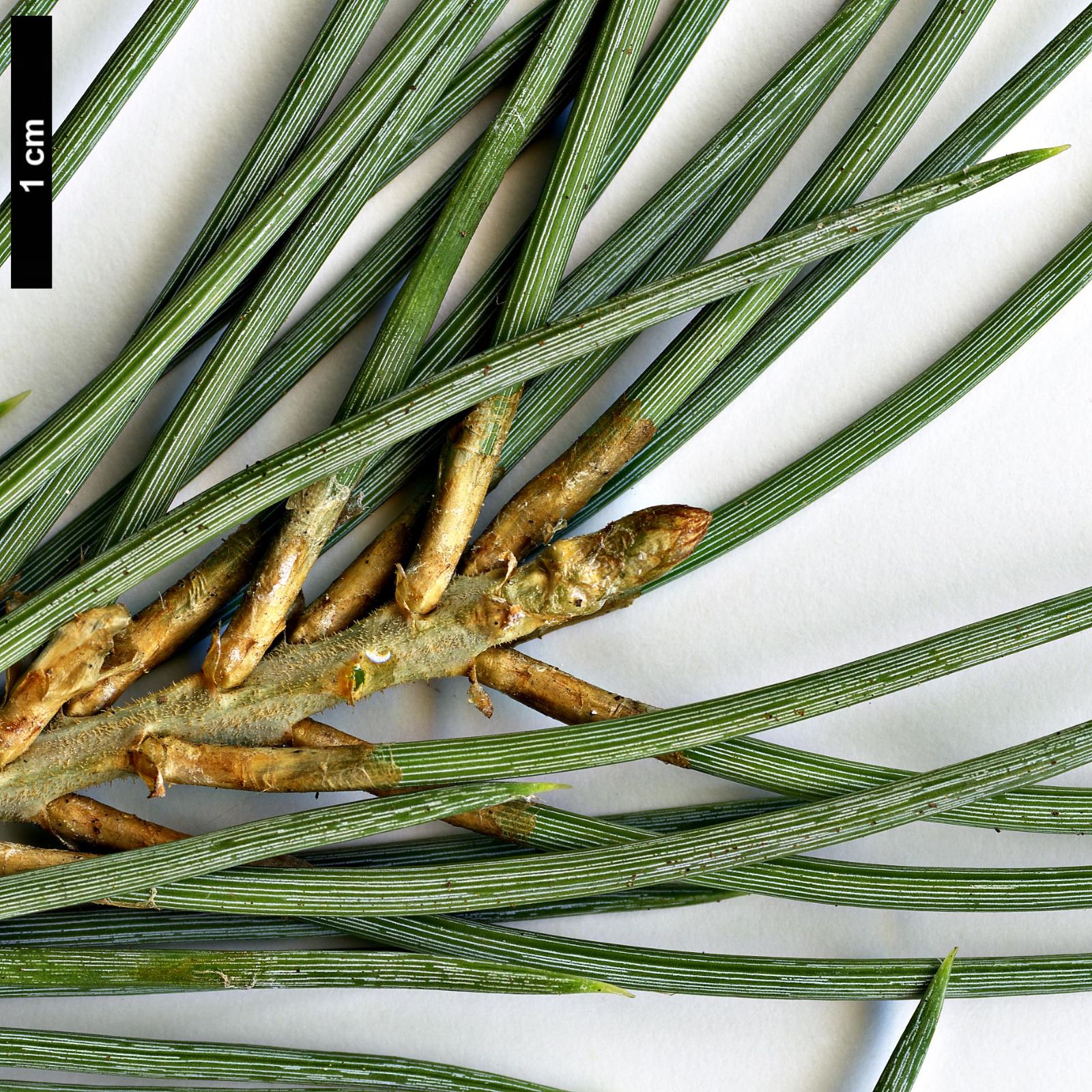Pinus monophylla
Credits
New article for Trees and Shrubs Online.
Recommended citation
'Pinus monophylla' from the website Trees and Shrubs Online (treesandshrubsonline.
Genus
Common Names
- Singleleaf Nut Pine
Synonyms
- Pinus cembroides var. monophylla (Torr. & Frém.) Voss
Other taxa in genus
- Pinus albicaulis
- Pinus arizonica
- Pinus armandii
- Pinus attenuata
- Pinus ayacahuite
- Pinus balfouriana
- Pinus banksiana
- Pinus bhutanica
- Pinus brutia
- Pinus bungeana
- Pinus canariensis
- Pinus cembra
- Pinus cembroides
- Pinus chiapensis
- Pinus contorta
- Pinus coulteri
- Pinus culminicola
- Pinus densata
- Pinus densiflora
- Pinus devoniana
- Pinus durangensis
- Pinus echinata
- Pinus edulis
- Pinus elliottii
- Pinus engelmannii
- Pinus eremitana
- Pinus flexilis
- Pinus gerardiana
- Pinus greggii
- Pinus × hakkodensis
- Pinus halepensis
- Pinus hartwegii
- Pinus heldreichii
- Pinus henryi
- Pinus × holfordiana
- Pinus hwangshanensis
- Pinus jeffreyi
- Pinus johannis
- Pinus koraiensis
- Pinus lambertiana
- Pinus leiophylla
- Pinus longaeva
- Pinus massoniana
- Pinus maximartinezii
- Pinus montezumae
- Pinus monticola
- Pinus morrisonicola
- Pinus mugo
- Pinus muricata
- Pinus nelsonii
- Pinus nigra
- Pinus oocarpa
- Pinus orizabensis
- Pinus palustris
- Pinus parviflora
- Pinus patula
- Pinus peuce
- Pinus pinaster
- Pinus pinceana
- Pinus pinea
- Pinus ponderosa
- Pinus pseudostrobus
- Pinus pumila
- Pinus pungens
- Pinus quadrifolia
- Pinus radiata
- Pinus remota
- Pinus resinosa
- Pinus rigida
- Pinus roxburghii
- Pinus sabiniana
- Pinus serotina
- Pinus sibirica
- Pinus strobiformis
- Pinus strobus
- Pinus sylvestris
- Pinus tabuliformis
- Pinus taeda
- Pinus taiwanensis
- Pinus teocote
- Pinus thunbergii
- Pinus torreyana
- Pinus virginiana
- Pinus wallichiana
- Pinus wangii
- Pinus yunnanensis
Editorial Note
The text below is from (Bean 1976) who discussed this taxon as Pinus cembroides var. monophylla (Torr. & Frém.) Voss. We are reorganising articles within Pinus to enable a partial revision of this important genus to commence in late 2023. See the Editorial Note at the beginning of the genus article for further details.
TC, October 2023.
Leaves solitary and terete (circular in cross-section), or occasionally in pairs and then semi-terete. It has a more westerly distribution than [Pinus edulis], mainly in Utah, Arizona, Nevada, and S. California, and often forms pure stands of considerable extent. It is one of the main sources of pinyons (pine nuts). The best known and largest specimen in Britain grows in the University Botanic Garden, Cambridge; planted shortly before 1900, it measures 33 × 3{1/2} ft (1969); when young it gained an average of 8 in. in height per annum (Journ. R.H.S., Vol. 41 (1915), p. 7 and fig. 8). There are smaller trees at Edinburgh and Kew. This pine deserves to be more widely planted, especially in the drier parts of the country.
From the Supplement (Vol. V)
This is better treated as a species – P. monophylla Torr. & Frem. The best recorded example grows in the University Botanic Garden, Cambridge, and measures 40 × 41⁄4 ft (1984). At Deene Park, Northamptonshire, it is 41 × 23⁄4 ft (1982) and there are smaller plants at Kew and Edinburgh.









